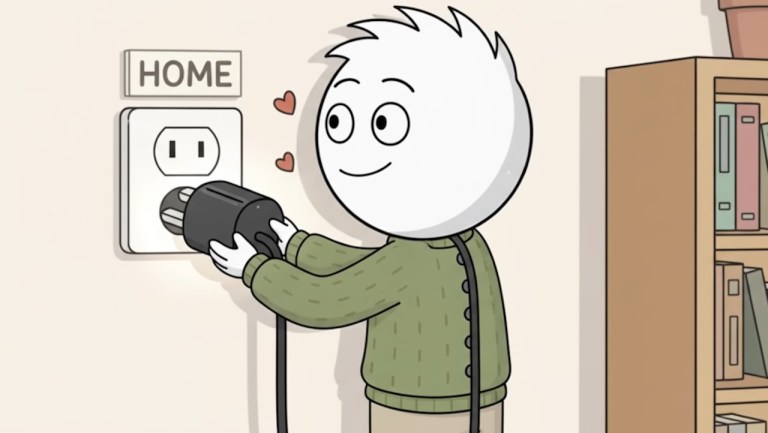How the Stars of ‘The Starry Night’ Provided Van Gogh Comfort He Needed While Locked Away in an Asylum
Art vlogger James Payne of Great Art Explained (previously) examines why Vincent Van Gogh created some of his most prolific work while seeking treatment for mental illness. And in fact, how his art saved his life for a time.
In the small asylum at St-Remy, with only 41 patients, Vincent would be treated with kindness and understanding. The doctors quickly realized that the only way Vincent would survive was if he was given the space and the freedom to paint and create. Art would keep him alive
Payne then explains how Van Gogh’s iconic painting “The Starry Night” was the view from his room at the asylum and was influenced by, among other work, “The Great Wave Off Kanagawa” by Hokusai.
And it was on 18th June 1889 that he painted The Starry Night. …We know for a fact that Vincent was an admirer of Hokusai’s The Great Wave and here we can make comparisons not only between the composition, but also between the rich blue tones of Hokusai’s tempestuous seas, and the turbulent skies of Starry Night. For the final five years of his career, the bright new palette takes over from his previous dark muted color scheme.
Payne also notes that the piece also reflects Van Gogh’s ability for embellishment, particularly during such a difficult time in his life.
The Starry Night depicts the view from his asylum window on the upper floor. He had already painted the view dozens of times, but this time it was a nocturne, which, as he couldn’t paint in the dark, meaning it was painted from memory during the day in his ground-floor studio. …Nature for him was a source of the infinite, and the stars had a deep spiritual meaning. Stars that must have comforted Vincent as he gazed at the night sky from his cell.






